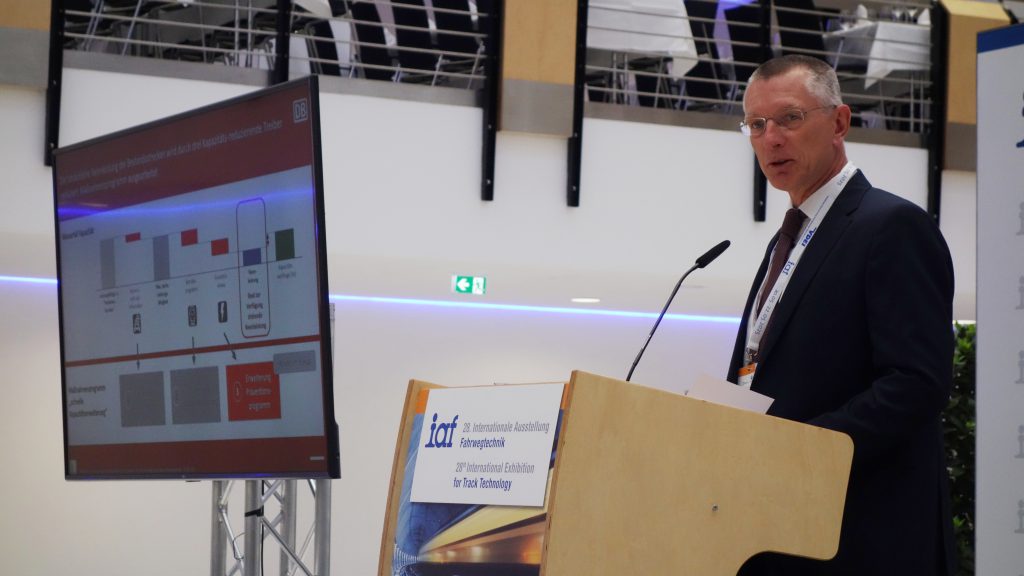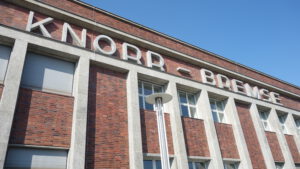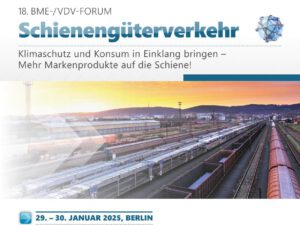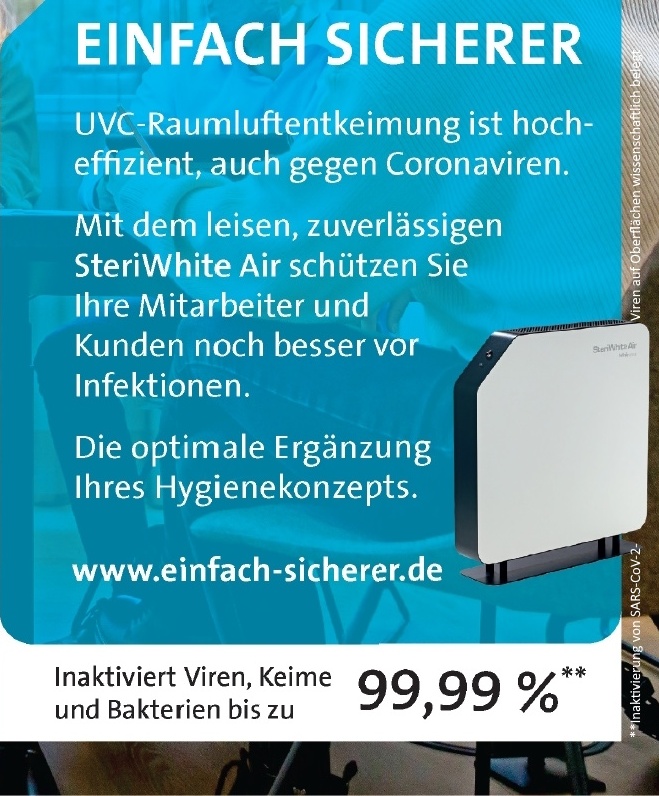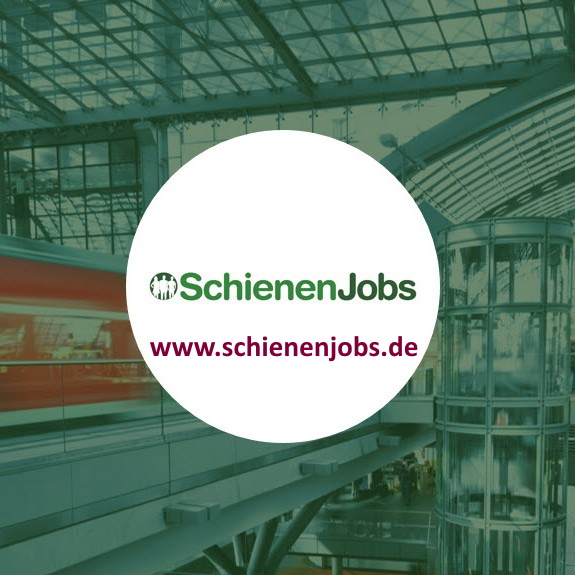At the 28th International Exhibition of Track Technology iaf in Münster/Westphalia, numerous companies exhibited machines with which track construction can be carried out more quickly and conveniently. However, it was only the current German federal government and its predecessor that promoted the railways as a priority. At the same time, passenger numbers and freight volumes are expected to increase massively. To do this, the rail infrastructure must be upgraded. And that brings handicaps.
“DB Netz is the enabler for the corporate strategy and has the task of providing the capacity for the planned modal shift,” explained Sennhenn. Specifically, the freight volume on the rails should increase from the current 18 to 25 percent. And in passenger transport, the operating performance in the German network should increase by 350 million train-path kilometers: “That’s a huge increase.” Therefore, the railway infrastructure is currently “a system that is a bit out of balance”. Sennhenn identified three “capacity-reducing drivers” on a railway infrastructure: its wear and tear, slow-moving trains in mixed operation according to the operating program and the “basic disturbance level”. During construction work on routes that are used intensively, the operating program should be optimized on alternative routes in such a way that the demand for capacity can be met overall.
Plastic instead of metal or wood
Anett Holz and Frank Lau promoted the use of their components made of GRP plastic instead of metal parts.

At the iaf, they showed examples from the Arthur Krüger company for the use of these elements. For example, gratings with different meshes and profiles for a wide variety of constructions: “They are insulated, so there is no need for special earthing.” This makes them well suited for walkways on tracks and in workshops, as a floor in crane cages for working in the area of overhead lines, but also for stairs, steps on wagons and locomotives.
The panels are lighter than metal, i.e. less labor and machine-intensive to lay, and more durable than metal because corrosion is excluded. They can also be used in numerous exterior construction projects outside of the railway sector, including bridges. Short-term delivery is also possible because fluctuating supply chains are excluded: “We only produce in Europe.”
Wascosa gravel wagon
The Swiss wagon rental company Wascosa presented a smart ballast unloading wagon.

The four-axle wagon of the Fanps type has a capacity of 60 m3. The prototype exhibited at the iaf was built in 2009. But now, after the modernization in the French Wascosa partner plant Ateliers de Joigny, it has got exciting new features. “In the past, the wagon was unloaded mechanically,” CARGO-MANAGER journal learned at the Wascosa stand. “Now the three unloading cylinders on each side are driven electrically and addressed by radio control. Each cylinder can be unloaded individually.”

The author of these lines was allowed to test the control panel himself. And yes – it was easy, convenient and safe to use! A special reference was made to the noise protection: A special sound insulation was installed in the unloading cylinders. And with 360⁰ lighting from ten LEDs, the trolley can also be used at night. Such a modernization, combined with a thorough refurbishment, makes the car practically a new product, but relatively cheaper. Commendable!
Trimble measures tracks with lasers
At the Trimble stand, a GEDO CE 2.0 track measuring car was on display, on which a GEDO GX50 laser scanning system was installed. “Depending on the requirements, the two scanners can be mounted differently in terms of their position and inclination,” CARGO-MANAGER journal learned. This means that high-resolution three-dimensional data can be obtained quickly and precisely. These can be used to check clearance clearance and inventory data collection.
Track width and superelevation in combination with the distance covered can also be measured in this combination. A combination with geodetic instruments is possible. With the Trimble GEDO Office Module Tamp software, data for track tamping machines can be prepared. The formats of all well-known manufacturers are supported for data exchange with the machines.
Hermann Schmidtendorf, Editor-in-Chief


